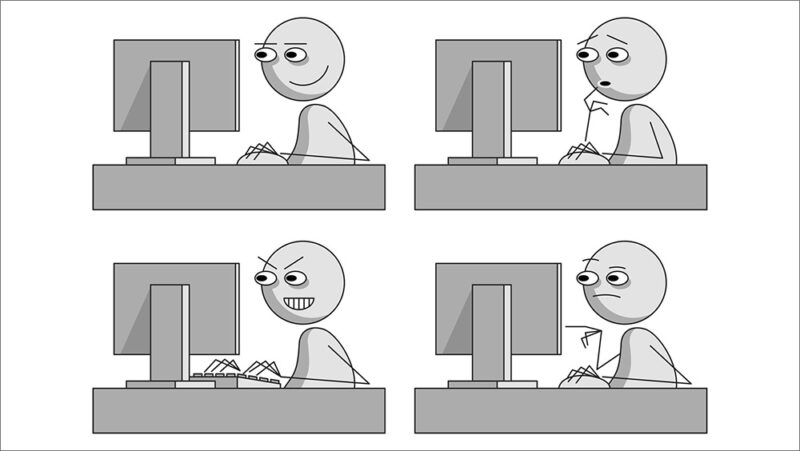15 of the Most Famous Banned Books in US History
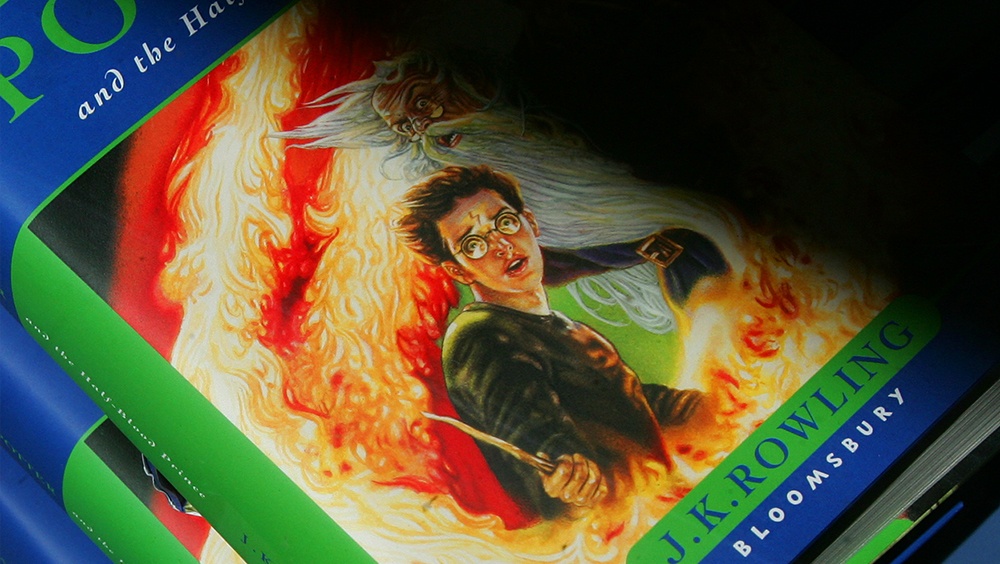
Banned books are a news topic that feels like it’s been heated to a boil in recent years. Attempts to challenge books, to restrict their availability in some way (usually based on age and/or by requiring parental permission), or completely remove books from public school classrooms and libraries have happened in many states and school districts. Some states have debated or passed laws on the topic of banning books – both favoring bans (such as Idaho) and opposing them (such as Washington).
Banning books is not a new idea in the United States. Throughout history, there have been many famous banned books, notable for their content, cultural impact and controversy. Often these challenges or attempts to ban books center on objections to sexually explicit or racially insensitive content and the desire to shield youth from those themes.
The First Amendment protects speech and expression, which includes writing and reading books. That means the government cannot prevent you from writing a book. Nor can the government prevent you from reading one, unless that book falls into one of the categories outside the protection of the First Amendment (with obscenity being the most often cited category). However, public schools and libraries and the states that oversee them can put in place reasonable educationally appropriate restrictions based on age. Though exactly what is “educationally appropriate” can vary among states and school districts.
Additionally, parents have a First Amendment right to challenge the books their children are exposed to at school.
Discover 15 of the most famous banned books throughout US history
Finding lists of famous banned books is not hard. Multiple organizations like PEN America and the American Library Association maintain annual lists and databases. What qualifies as a “famous banned book” is somewhat subjective.
Also, what constitutes a “ban” is open for debate. Banning a book from being published is rare due to the First Amendment‘s protection against prior restraint. However, book “bans” can restrict access to books in several ways, such as:
- A state outlawing the teaching of books with sexual material to anyone under age 16.
- A city council that oversees a public library requiring content reviews of books and being able to keep certain books out of the library.
- A parent or community member challenging a book being taught in a school, and the book being taken out of the curriculum while officials review it.
- Public libraries restricting access to certain books or all books with certain themes to only adults.
- Laws punishing librarians or teachers for teaching certain books or themes, prompting librarians and teachers to censor out of caution.
- Challenges from parents that remove books from required reading lists for classroom instruction and make them optional or requiring parental approval.
For this list, we include books that have been:
- Banned: The book is removed entirely from public schools, libraries and/or bookstores.
- Restricted: The book remains on shelves, but there is a minimum age requirement or some prior permission required (usually parental permission).
- Censored: The book remains on shelves but has been edited or altered to remove sensitive language or topics.
- Challenged: One or more members of the community have officially asked the government to remove the book from shelves, but no action has occurred. Challenging a book in a public school or public library is an exercise of the First Amendment right to petition. It also may affect access to books as administrators may ban or restrict a book immediately upon the filing of a challenge. Administrators could also decide not to stock or even to voluntarily remove controversial books in the future.
Here are 15 literary works that have been banned, restricted, censored or challenged over the years.
1. Various Shakespeare plays including “Romeo and Juliet,” “The Merchant of Venice” and “Twelfth Night”
William Shakespeare’s 16th and early 17th century plays have been adapted into books and taught in many junior and high school English literature classes. His works highlight both tragedy and comedy and deal with subjects still seen today, causing bans, challenges and teaching restrictions based on sex, profane language and humor, antisemitism and suicide.
2. “Adventures of Huckleberry Finn” by Mark Twain (1885)
Mark Twain might be the closest example of an American Shakespeare for how people associate his works with the country’s culture at a certain time. That culture included depictions of Black people that by today’s standards would be considered insensitive or racist. His “Adventures of Huckleberry Finn” has been challenged and banned in schools due to “backward talking” dialect and frequent use of the N-word, as well as the overall themes of racism and slavery. The NAACP lodged one complaint in the 1950s for the book’s more than 200 uses of the N-word.
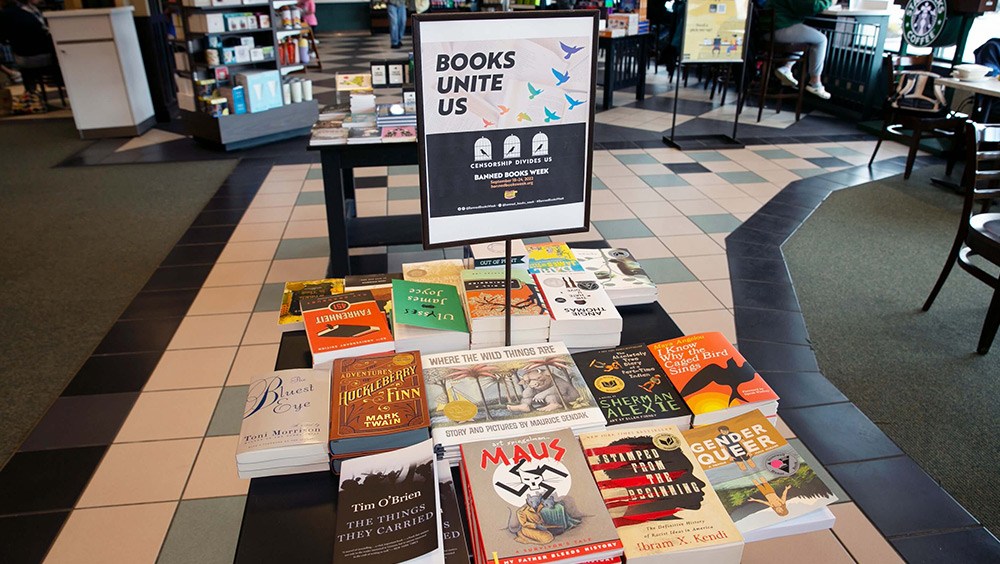
A display of famous banned books sits in a Barnes & Noble bookstore in Pittsford, N.Y.
3. “Ulysses” by James Joyce (1922)
Most high school students won’t be exposed to Irish writer James Joyce’s sprawling “Ulysses” unless they’re in an advanced course. It’s mostly reserved for college English majors. It’s widely considered one of the greatest works of English-language literature in the past century. For the standards of the time, its depictions of sex and profanity were considered obscene by many people. It was first serialized as short stories in a literary magazine, then collected in book form in Paris and brought to the U.S. That’s when efforts to stop its publication began, and a New York court deemed it obscene. A federal judge ruled the book was not obscene and could be published and distributed in the U.S. An appeals court agreed. Though in its ruling in favor of Joyce’s work, the court got one thing wrong in saying, “It may be that ‘Ulysses’ will not last as a substantial contribution to literature, and it is certainly easy to believe that.”
4. “Tropic of Cancer” by Henry Miller (1934)
Henry Miller wrote “Tropic of Cancer” in 1934, detailing aspects of his sexual exploits in France. But it wasn’t until censorship laws in the U.S. hindered its publication and distribution nearly 30 years later that the banning debate really took flight. An uncensored U.S. version in 1961 sparked censorship and charges of obscenity against the publisher. In 1963, a New York state court deemed it obscene. It was removed from all public libraries in Brooklyn. The U.S. Supreme Court settled the matter in 1964, ruling in favor of the publisher and others who create and distribute controversial materials that do not meet the legal definition of obscenity.
5. “The Catcher in the Rye” by J.D. Salinger (1951)
J.D. Salinger is known for two things: being famously reclusive and writing one of the most highly regarded and controversial books of the 20th century. It’s been challenged and banned in schools for profanity and episodes of sex and prostitution. Teachers have been fired for teaching it in classrooms. It’s also been blamed for inspiring anti-social behavior in teens and inspiring violence by those who don’t feel they fit in with their peers. After shooting and killing John Lennon, Mark David Chapman gave a copy of the novel to police to explain his motive.
6. “Naked Lunch” by William S. Burroughs (1959)
“The Naked Lunch” started as a series of short stories and was first published as a book in France. When a publisher tried to bring it to the U.S. for publication in 1962 (dropping “The” from its title), censorship attempts ramped up. With its explicit depictions of drug use, profanity and same-sex relationships, government censors in Massachusetts tried to stop it from being printed, saying it counted as obscenity. A U.S. Supreme Court decision found books couldn’t be banned as obscene unless they were “utterly without redeeming social value,” paving the way for “Naked Lunch” and other books to be widely printed and distributed.
7. “To Kill a Mockingbird” by Harper Lee (1960)
Harper Lee’s most famous book is inspired by her upbringing in Alabama under Jim Crow-era segregation. Though taught and admired in high school classrooms, it’s drawn challenges and bans for its depictions of Black people, use of the N-word, and themes of rape and incest. More recently, it’s been challenged by people who say it makes them uncomfortable and object to positioning the central protagonist, Atticus Finch, as a “white savior.”
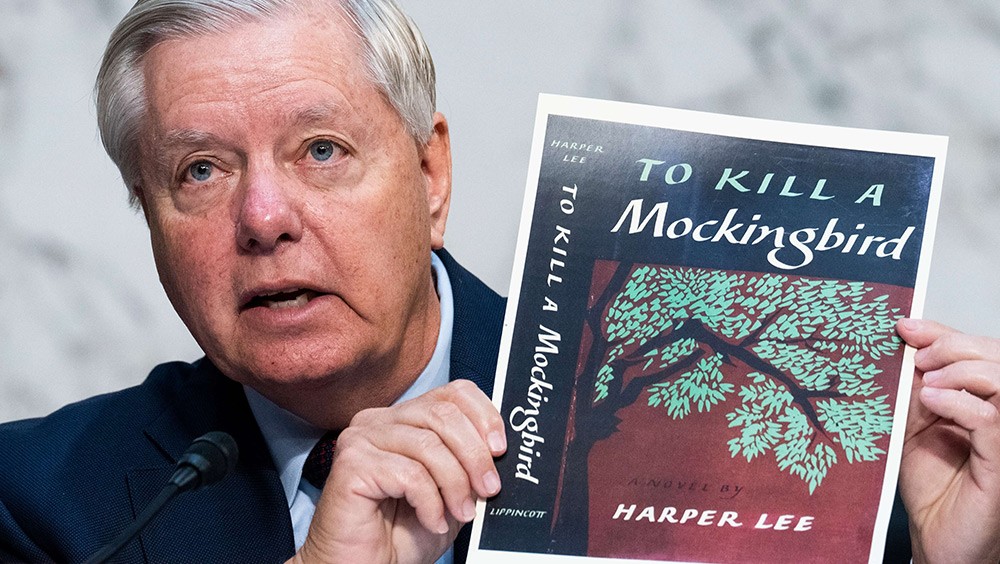
Sen. Lindsey Graham holds up a "To Kill a Mockingbird" cover during a 2023 hearing on book bans.
8. “I Know Why the Caged Bird Sings” by Maya Angelou (1969)
Maya Angelou is one of America’s best-known poets, having recited her work at President Bill Clinton’s inauguration and received the Presidential Medal of Freedom from Barack Obama. But her autobiographical book “I Know Why the Caged Bird Sings” stands out for its long-term cultural impact and the many times it’s been banned or challenged. The book was inspired by the assassination of the Rev. Martin Luther King Jr. and highlights Angelou’s upbringing in the South more than 30 years earlier. Its themes of rape, same-sex relationships, teenage pregnancy and race relations have prompted decades of bans and challenges. An Alabama state committee called for it to be banned from school curriculum because it prompts “bitterness and hatred toward white people.”
9. “The Bluest Eye” by Toni Morrison (1970)
Though it was Toni Morrison’s first novel, “The Bluest Eye” is likely her most recognized in a career full of notable achievements, including the 1993 Nobel Prize in literature. The book also landed Morrison squarely in the camp of famous banned books and authors with its storylines of sex, racism, child abuse and incest. It centers on a young Black girl who longs for lighter skin and bluer eyes, highlighting the struggle many young people of color have in accepting themselves in a social structure that works against them. In recent years, Moms for Liberty and similar groups in Florida and other states have challenged the book based on newly passed laws meant to keep certain sexually explicit books out of schools.
10. “The Handmaid’s Tale” by Margaret Atwood (1985)
The term “dystopian fiction” is used often to describe Margaret Atwood’s “The Handmaid’s Tale.” Its themes of misogyny and theocratic rule that force women to be unwilling child bearers for the ruling male-centric class that overthrows the U.S. government is used as a cautionary tale. It’s been banned, censored and challenged in school settings due to its takes on sex, exploitation and criticisms of religion in government. In 2023, parents in South Carolina called for it to be restricted in schools after state legislators cited it during a debate over a proposed state abortion ban. The book got a big boost not only from challenges, but also from its adaptation to screen with a 2017 streaming series on Hulu.
11. “The Satanic Verses” by Salmon Rushdie (1988)
Salmon Rushdie is known not only for his writing style but also for daring to feature controversial topics in the face of death threats. “The Satanic Verses” was banned and challenged in the U.S. and around the world for its depictions of Islam that some Muslims found blasphemous. It also forced Rushdie into hiding after Iran’s Supreme Leader issued a fatwa against him, calling for the death of him and his publishers. Some countries burned the book and refused to publish it. Even in the U.S., where Rushdie fled from the U.K., some schools and libraries declined to use the book out of fear of the fatwa. Some private bookstores in the U.S. and the U.K. refused to carry it or were attacked for selling it. In 2022, Rushdie was attacked and nearly died while at a literary festival. The book returned to the bestseller lists following the attack.
12. “Maus” by Art Spiegelman (1986, 1991)
The Holocaust is a tough subject to teach in schools. That’s particularly true when books describe and depict the genocide against Jews and other groups committed by the Nazis. That’s what has made “Maus” by Art Spiegelman a famous banned book. It’s graphic in the comic book style of telling and showing the cruelty inflicted on humans by other humans. As often happens, the controversy around the book led to a spike in sales for “Maus” after a Tennessee school district tried to ban it in 2022.
13. “Harry Potter” series by J.K. Rowling (1997-2007)
J.K. Rowling’s series of seven books began with the U.K. publication of “Harry Potter and the Philosopher’s Stone” (published as “the Sorcerer’s Stone” in the U.S.). It was a smash hit with its intended youth audience and a target of bans by religious groups and parents for its use of magic, witchcraft and the occult. Attempts to ban or challenge the books ramped up in 2020 following comments from Rowling about women that many fans and actors in the movie adaptations criticized as anti-trans.
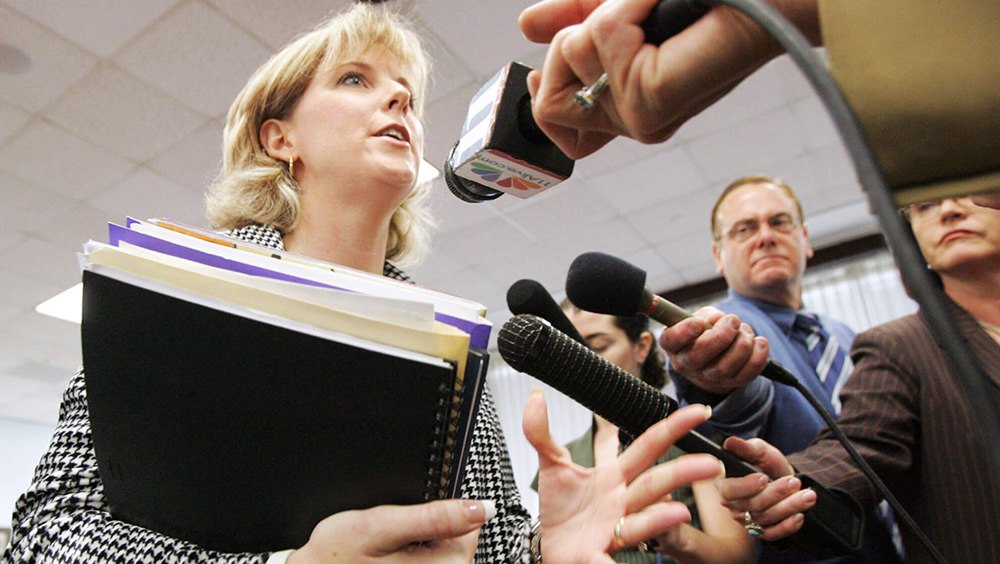
Laura Mallory, of Loganville, Ga. talks to reporters after a 2006 hearing. Mallory attempted to have the Harry Potter book series removed from schools, arguing that the stories promote and glorify witchcraft.
14. “The Absolutely True Diary of a Part-Time Indian” by Sherman Alexie (2007)
Sherman Alexie is known for his humor and blunt depictions of life on and around the Spokane Indian Reservation where he grew up. Those fictionalized real-life stories won him the National Book Award – and attracted negative attention, challenges and bans for its use of sexual language and situations for its teenage narrator. The challenges to its classroom use increased in 2018 after multiple women accused Alexie of sexual misconduct.
15. “Gender Queer: A Memoir” by Maia Kobabe (2019)
Current bans and challenges center largely on books that explore sex, sexual orientation and gender identity, often in teenagers or young adults. Topping many lists of banned and challenged books from 2020 and beyond is Maia Kobabe’s “Gender Queer,” which explores gender identity from a personal memoir perspective. It’s not only a written work, but a graphic novel, leading to many challenges based on written themes and how they’re depicted visually. The American Library Association said the book had been banned from more library shelves than any other book in 2021 and 2022.
Famous banned books and the First Amendment
Book bans and similar efforts to stop books’ publication or restrict them from schools and libraries are not new. The content objections that prompt such banning attempts stand the test of time – like many novels.
The First Amendment gives wide protection for people to write, publish and read books, but there are limits. Public schools and the elected officials who oversee them can restrict materials based on standards of educational appropriateness. The First Amendment protects parents and community members’ right to petition school boards and libraries to restrict books. It also protects people’s right to stand up at school board meetings and oppose book bans.
People who want to ban or restrict books have the right to try. But they may want to consider that attempts to ban a book could result in it becoming popular, sometimes many decades after it was published.
Scott A. Leadingham is a Freedom Forum staff writer. Email
Rick Mastroianni, Freedom Forum’s director of research and library, contributed background research.
12 Free Speech Memes That Highlight the Power of Expression
Is It Illegal to Yell ‘Fire’ in a Crowded Theater?
Related Content
